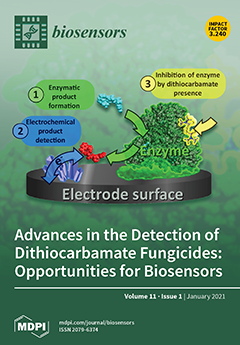To assess intermittently scanned continuous glucose monitoring (isCGM) performance for different rates of change in plasma glucose (RCPG) during glycemic challenges in type 1 diabetes (T1D). Nineteen people with T1D (7 females; age 35 ± 11 years; HbA
1c 7.3 ± 0.6% (56 ± 7 mmol/mol)) performing two glycemic challenges (OGTT) were included. During OGTTs, plasma glucose was compared against sensor glucose for timepoints 0 min (pre-OGTT), +15 min, +30 min, +60 min, +120 min, +180 min, and +240 min by means of median absolute (relative) difference (MARD and MAD) and Clarke Error Grid (CEG), then was stratified for RCPG and glycemic ranges. Overall, MARD was 8.3% (4.0–14.8) during hypoglycemia level 1 18.8% (15.8–22.0), euglycemia 9.5% (4.3–15.1), hyperglycemia level 1 9.4% (4.0–17.2), and hyperglycemia level 2 7.1% (3.3–11.9). The MARD was associated with the RCPG (
p < 0.0001), detailing significant differences in comparison of low, moderate, high, and very high RCPG (
p = 0.014). Overall, CEG resulted in 88% (212 values) of comparison points in zone A, 12% (29 values) in zone B, and 0.4% (1 value) in zone D. The isCGM system was accurate during OGTTs. Its performance was dependent on the RCPG and showed an overestimation of the actual reference glucose during hypoglycemia.
Full article






